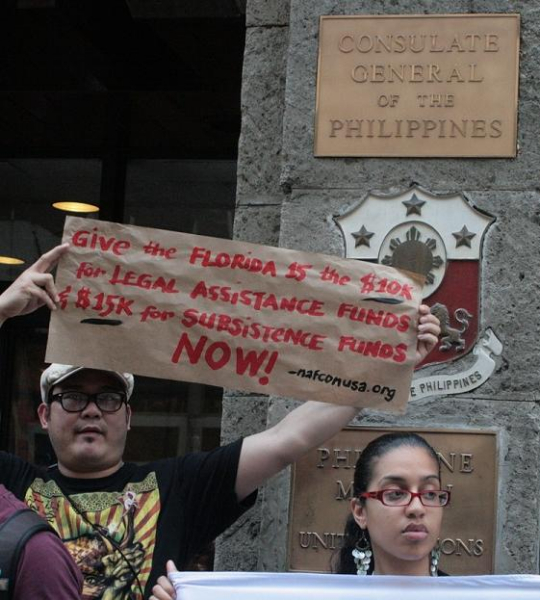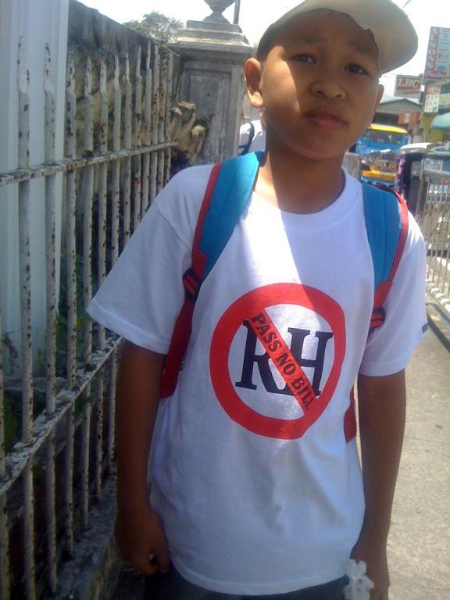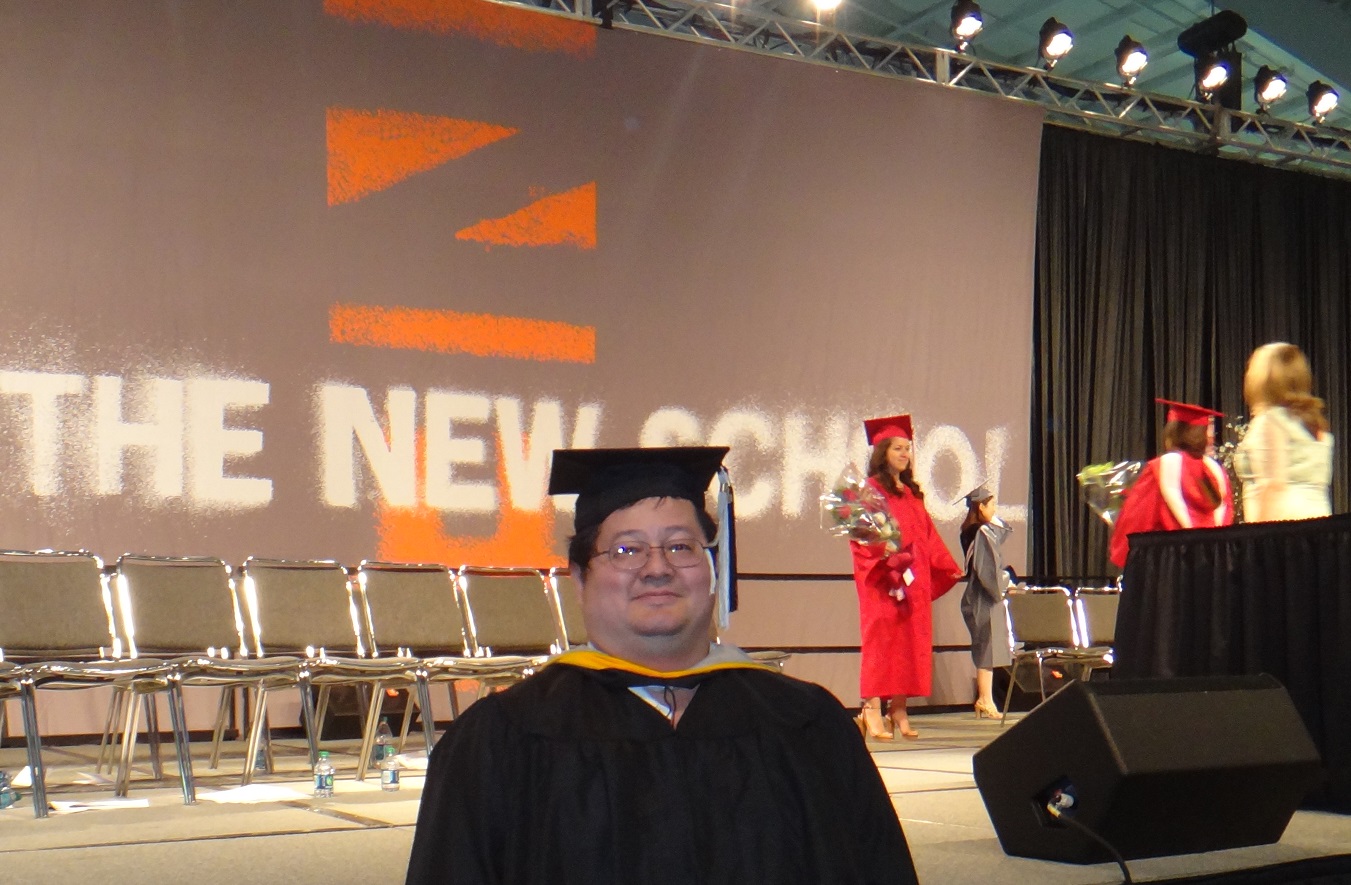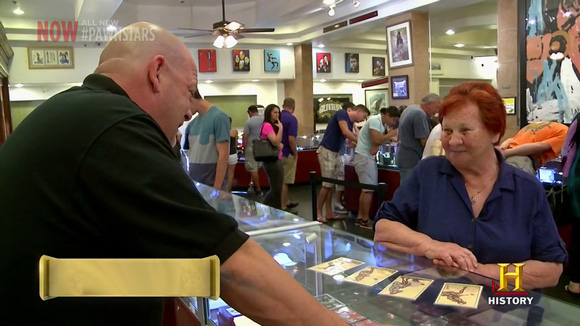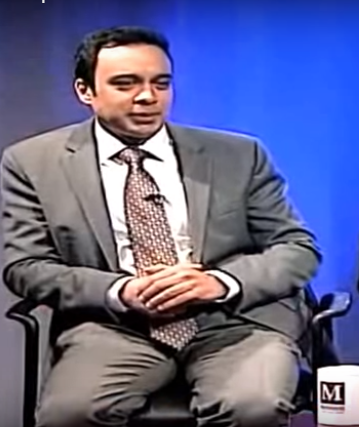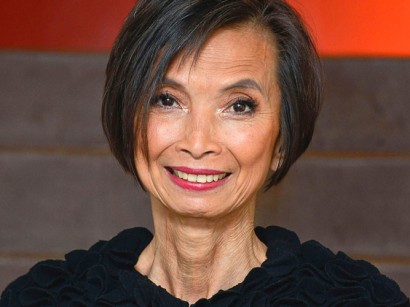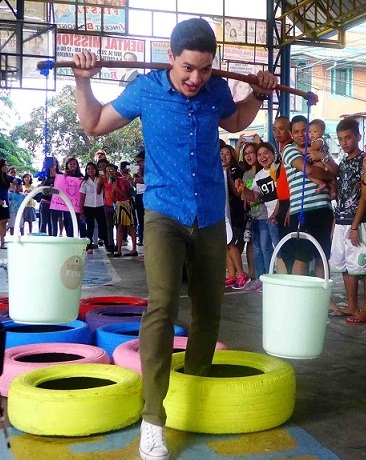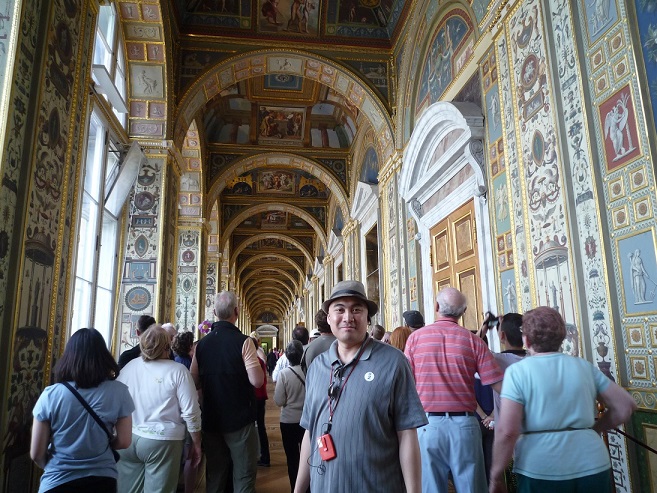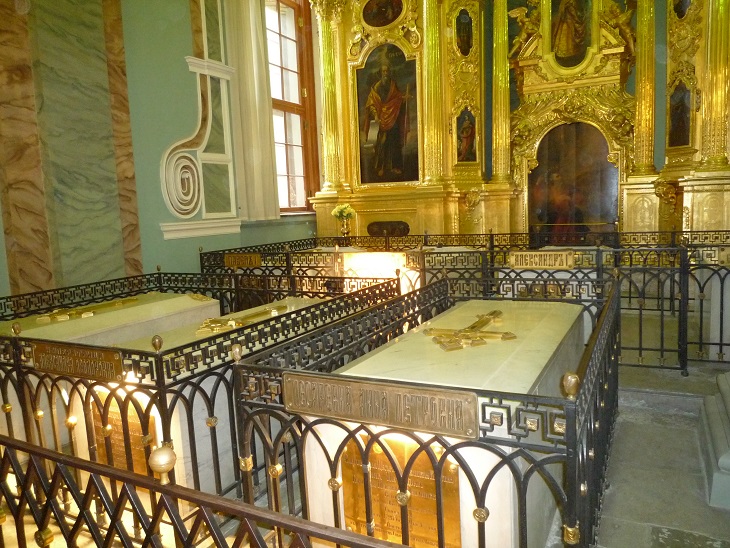What we can learn in the present from Russia’s imperial past
By Wendell GaaPerhaps we have heard and read so much about Russia, yet understand only a little of what this country is all about, and it is truly one country we cannot ignore. It has made headline news for sometimes controversial reasons, from its status as a rising economic power shedding off its post-Cold War era political shackles under the firm yet ambiguously iron-handed leadership of President Vladimir Putin to his support of the regime of President Bashar al-Assad in the ongoing Syrian civil war.
For all its reputation as the former Soviet Union, which is now a country once again on the rise, Russia’s royal past has always intrigued my family, and we were more than pleased that our European Baltic Sea cruise had an enriching two-day stopover in St. Petersburg, the capital of the historic Russian Imperial Empire.
As my parents and I walked off our ship and were led through the Russian immigration and then to our local guide, we could never have realized just how ambitious our journey through St. Petersburg would be for the following two days.
We boarded our bus and our guide provided us with audio earphones which we would wear throughout the trip so that we could hear our guide speak from any distance within our tour group. It was fortunate since our group was indeed huge, and our guide advised that we remember our fellow passengers by face so that we could recognize and pinpoint one another easily in case any of us got lost. Hence we were taught to refer to our fellow group mates as sputniks (Russian for “satellite”).
We then began our tour, and I was awestruck at seeing several old imperial-era buildings and Russian Orthodox churches standing alongside modern commercial residences and Western restaurants.
Our first stop in this truly imperial city was the Winter Palace, which served as the official residence of the Russian tsars from 1732 to 1917. Our guide went on to tell us that the Winter Palace was built on an epic scale which was to project the power of the Russian Imperial Empire, and it was from here where the tsars would lord over a country which comprised nearly one-sixth of the earth’s landmass populated by over 125 million of their subjects through to the end of the 19th century.
What was most absorbing for me here were the portraits of the past Russian monarchs and their family members. One such particular portrait that caught my attention was that of a young Alexei Nikolaevich, son of the last Russian Tsar Nicholas II. Hearing his somber story of how he was an ailing child diagnosed with hemophilia was real depressing, and it brought on a whole new level of humanity to my perspective of the royal Romanov family. It was all the more tragic to hear how Tsar Nicolas II and his entire family was ultimately executed after the Russian revolution of 1917 when communist revolutionaries stormed the Palace, ending the nation’s eminent Romanov tsarist dynasty which had presided over Russia since 1613.
Our next destination, the State Hermitage Museum. Being the caretaker of Russian art, culture and history, this was seriously the largest museum in the world which I’ve seen yet, dwarfing even New York’s Museum of Metropolitan Art.
The Hermitage was founded in 1764 by another celebrated Russian monarch, Catherine the Great, and this is truly one of her greatest gifts to her country. Open to the public since 1852, this museum has a collection which comprises of over 3 million items, including the largest collection of paintings you can find anywhere on this planet. These collections occupy an immense complex of six buildings situated along the Palace Embankment. We entered the Museum from the Dvortsovaya Embankment side, and were greeted with the most diverse selections of Central Asian, Caucasus region, and ancient Egyptian paintings and sculptures, and that all is on the first floor alone! Ascending to the second and third floors, we took our time admiring 17th to 19th century paintings by Russian, French, German, Dutch, British and Flemish artists.
Our second tour day added more spice to our Russian adventure, we were taken to walk through Peter the Great’s summer palace residence known as the Peterhof. As we walked through the palace grounds, it occurred to us just how much of a lavish lifestyle which this great Tsar of Russia truly had! This is called the “Russian Versailles,” and for good reason.
While the exterior and interior of the Peterhof was as grand and ornate as everything we saw at the Winter Palace, it was the royal gardens here which were the highlight for me. The royal gardens outside the palace are just beautifully laid out, with the welcome adornment of many golden-colored fountains. Walking down the staircases leading from the palace to the gardens is one of the most picturesque and tranquil walks you can take anywhere in Europe. My Dad and I then took our time taking photographs throughout the gardens while slowly following our fellow sputniks back to a shoreline along a long pathway beneath the Peterhof known as the Sea Channel, due to the garden paths being bisected by an extensive and beautiful array of baroque-style waterworks.
We arrived back to the city after nearly an hour’s trip, and after sightseeing some more of the gaudy Russian Orthodox churches, we were taken to our last major stop, the Peter and Paul Cathedral built in the early 18th century during the reign of Peter the Great. It was here where we got to view the tombs of almost all the past Russian tsars, from Peter the Great to Nicholas II and his executed family. I soon felt a melancholy mood settling in, as my Dad earlier told me how he observed that it’s a pity that too many people today tend to overlook and even forget the significance and legacy of their country’s political and cultural history and its impact on their lives.
Just by being able to view the portraits and personal collections and to visit the tombs of the once despised ruling family, along with countless Russians and foreigners, made me realize that the Russians have embraced their past (although not necessarily endorsing it) and reconciled it with their present to form and complete what is their national heritage and cultural identity. Such is a political phenomenon that could serve as a model for peoples whose governments have gone through their own political transitions.
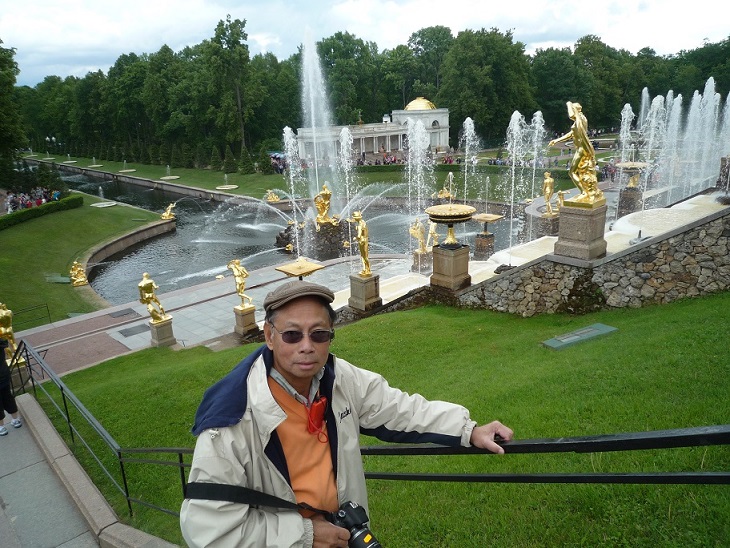
Former Consul General to New York Willy Gaa at the Peterhof, the summer palace residence of Russian Tsar Peter the Great, with its beautiful fountains and gardens. Photos by Wendell Gaa

